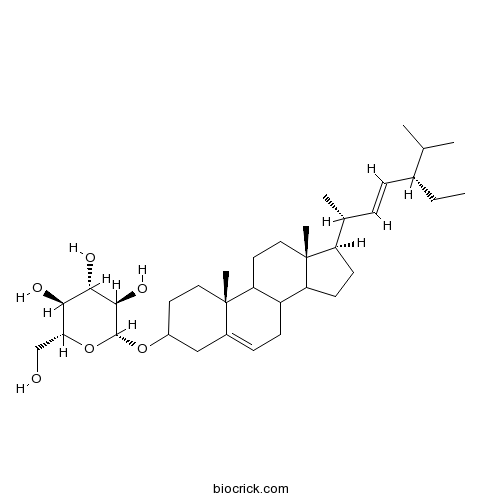Pluchea indica
Pluchea indica
1. The products in our compound library are selected from thousands of unique natural products; 2. It has the characteristics of diverse structure, diverse sources and wide coverage of activities; 3. Provide information on the activity of products from major journals, patents and research reports around the world, providing theoretical direction and research basis for further research and screening; 4. Free combination according to the type, source, target and disease of natural product; 5. The compound powder is placed in a covered tube and then discharged into a 10 x 10 cryostat; 6. Transport in ice pack or dry ice pack. Please store it at -20 °C as soon as possible after receiving the product, and use it as soon as possible after opening.
Natural products/compounds from Pluchea indica
- Cat.No. Product Name CAS Number COA
-
BCN4865
Stigmasterol glucoside19716-26-8
Instructions

-
BCN5796
Adenosine58-61-7
Instructions

Phytomanagement of radionuclides and heavy metals in mangrove sediments of Pattani Bay, Thailand using Avicennia marina and Pluchea indica.[Pubmed: 29475668]
None
Ethnopharmacology in the work of the British botanist Arthur Francis George Kerr (1877 - 1942).[Pubmed: 29441899]
Reports on traditional use of medicinal plants may be used as starting points for phytochemical and pharmacological research. As has recently been shown, publications, letters, diaries and reports of exploring botanists are a valuable source of historical ethnopharmacological information. In this study, the heritage of the British botanist Arthur Francis George Kerr (1877-1942), mainly working in Thailand, was screened for information about traditionally used medicinal plants. Information given was compared to state-of-the-art scientific knowledge about these species. Many historical uses could be confirmed, some did not, while a number of species reported to be traditionally used have not been sufficiently investigated so far. These, strongly suggested for further research, include Kurrimia robusta, Alpinia siamensis, Amomum krervanh (A. testaceum), Trichosanthes integrifolia (= Gymnopetalum scabrum), Croton cumingii (= C. cascarilloides), Lobelia radicans (= L. chinensis), Willughbeia sp., Nyctanthes arbor-tristis, Pluchea indica, Heliotropum indicum, as well as some fungi and woods.
Inhibition of human cytochromes P450 2A6 and 2A13 by flavonoids, acetylenic thiophenes and sesquiterpene lactones from Pluchea indica and Vernonia cinerea.[Pubmed: 28856944]
None
Wound healing activity of Pluchea indica leaf extract in oral mucosal cell line and oral spray formulation containing nanoparticles of the extract.[Pubmed: 28534695]
Pluchea indica (L.) Less (Asteraceae) is an herb used as a traditional medicine for wound healing. The chemical compounds found in Pluchea indica leaves are phenolic acids, flavonoids, anthocyanins and carotenoids.
Ethanolic Extracts of Pluchea indica Induce Apoptosis and Antiproliferation Effects in Human Nasopharyngeal Carcinoma Cells.[Pubmed: 26111179]
Pluchea indica is used in traditional medicine for the treatment of lumbago, ulcer, tuberculosis and inflammation. The anti-cancer activities and the underlying molecular mechanisms of the ethanolic extracts of P. indica root (PIRE) were characterized in the present study. PIRE strongly inhibited the viability of the human nasopharyngeal carcinoma cells (NPC-TW 01 and NPC-TW 04) in a time- and dose-dependent manner. Migration of cancer cells was also suppressed by PIRE. In addition, PIRE significantly increased the occurrence of the cells in sub-G1 phase and the extent of DNA fragmentation in a dose-dependent manner, which indicates that PIRE significantly increased apoptosis in NPC cells. The apoptotic process triggered by PIRE involved up-regulation of pro-apoptotic Bax protein and down-regulation of anti-apoptotic Bcl-2 protein, consequently increasing the ratios of Bax/Bcl-2 protein levels. Moreover, the p53 protein was up-regulated by PIRE in a concentration-dependent manner. Therefore, PIRE could induce the apoptosis-signaling pathway in NPC cells by activation of p53 and by regulation of apoptosis-related proteins.


